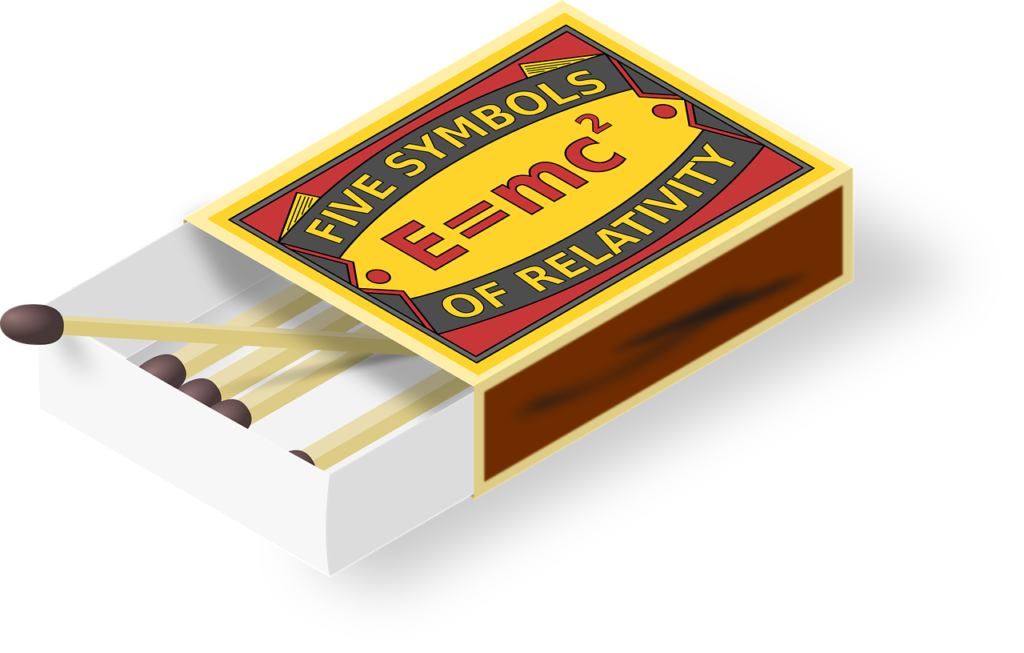EPDS stands for Explosion Protection Documentation.
the relevant EU Directive (99/92) says the following:
“The explosion protection document shall demonstrate in particular:
— that the explosion risks have been determined and assessed,
— that adequate measures will be taken to attain the aims of this Directive,
— those places which have been classified into zones in accordance with Annex I,
— those places where the minimum requirements set out in Annex II will apply,
— that the workplace and work equipment, including warning devices, are designed, operated and maintained with due regard for safety,
— that in accordance with Council Directive 89/655/EEC ( 1), arrangements have been made for the safe use of work equipment.”
so my very first question to here: Explosion protection documentation has got to do with design?
Note: let us make it like a conversation.
Yes, explosion protection documentation is related to the design process of equipment, systems, or facilities that operate in potentially explosive atmospheres or handle explosive materials. The documentation is an essential part of ensuring safety and compliance with relevant standards and regulations.
Explosion protection documentation typically includes:
- Hazard identification and risk assessment: This involves the identification of potential sources of ignition and hazardous materials, followed by a comprehensive assessment of the risks associated with their presence.
- Equipment selection and design: This includes selecting and designing equipment, systems, and components that are suitable for use in potentially explosive atmospheres. These may be certified as explosion-proof, intrinsically safe, or designed to minimize the risk of ignition.
- Area classification: This involves dividing the facility into zones based on the likelihood and duration of an explosive atmosphere being present. The zones determine the required level of protection for equipment and systems.
- Installation, inspection, and maintenance procedures: These documents outline the procedures for safely installing, inspecting, and maintaining equipment and systems in potentially explosive atmospheres.
- Training and competency: This covers the training and qualification requirements for personnel working in potentially explosive atmospheres to ensure they have the necessary skills and knowledge to operate and maintain equipment safely.
- Emergency response and incident management: This includes plans and procedures for handling emergencies and incidents, such as fires or explosions, to minimize damage and protect personnel.
Explosion protection documentation is crucial in ensuring the safe design, operation, and maintenance of facilities and equipment in potentially explosive atmospheres. It helps organizations comply with regulatory requirements, such as the ATEX directives in the European Union or the National Electrical Code (NEC) in the United States, and reduce the risk of accidents and incidents.

ATEX 137 is about operation and falls under Labour Protection / worksafety Directive.
ATEX 137, also known as Directive 1999/92/EC, is a European directive focused on the protection of workers who are potentially at risk from explosive atmospheres. It falls under the realm of labor protection and work safety. The main objective of ATEX 137 is to ensure that employers create a safe working environment for employees who work in areas where explosive atmospheres may be present.
ATEX 137 requires employers to:
- Conduct a risk assessment: Identify potential hazards and assess the risks associated with explosive atmospheres.
- Classify hazardous areas: Divide the workplace into zones based on the likelihood and duration of an explosive atmosphere being present.
- Implement appropriate safety measures: Establish technical and organizational measures to prevent and mitigate the effects of explosions. These measures may include the selection of appropriate equipment, the use of specific work procedures, and training of employees.
- Develop an explosion protection document (EPD): Create a written record detailing the risk assessment, area classification, and measures taken to ensure the safety of workers in potentially explosive atmospheres.
- Provide training and information: Ensure that employees who work in hazardous areas receive proper training and information about the risks and safety measures in place.
ATEX 137 complements ATEX 114 (Directive 2014/34/EU), which focuses on the design and manufacturing of equipment and protective systems intended for use in potentially explosive atmospheres. Together, these directives aim to improve safety in industries that handle, process, or store flammable substances and create potentially explosive atmospheres.
Whose responsibility is an EPD?
The responsibility for creating and maintaining an Explosion Protection Document (EPD) lies with the employer or operator of the facility where potentially explosive atmospheres are present. It is their duty to ensure that the workplace meets all necessary safety requirements, and the EPD serves as a crucial part of that process.
The employer or operator should work closely with relevant stakeholders, such as safety officers, engineers, and other experts, to develop the EPD. In some cases, they may also choose to consult with external specialists or consultants to assist in the process.
The EPD should include the following information:
- Risk assessment: A thorough assessment of potential hazards and risks associated with explosive atmospheres in the facility.
- Area classification: The division of the workplace into zones based on the likelihood and duration of an explosive atmosphere being present.
- Equipment and protective systems: A description of the equipment and protective systems used to prevent and mitigate the effects of explosions.
- Organizational measures: Details of the procedures, safety measures, and work processes in place to reduce the risk of explosions.
- Training and competency: Information on the training and qualifications required for personnel working in potentially explosive atmospheres.
- Inspection and maintenance: Procedures for the regular inspection and maintenance of equipment and systems to ensure their ongoing safety and compliance with relevant regulations.
- Emergency response and incident management: Plans and procedures for handling emergencies and incidents involving explosive atmospheres.
The employer or operator must regularly review and update the EPD to ensure it remains current and reflects any changes in the facility or its operations. They are also responsible for ensuring that all employees working in potentially explosive atmospheres are informed of the contents of the EPD and receive appropriate training and instruction to carry out their work safely.

EPD is more part of operation or more part of design? Can we say EPD is validation of design?
An Explosion Protection Document (EPD) is more closely related to the operation of a facility, as it is focused on ensuring the safety of workers in potentially explosive atmospheres during daily operations. However, it is also connected to the design of the facility and its equipment because the measures and systems implemented to mitigate risks and maintain safety are typically based on the design.
We cannot directly say that an EPD is a validation of the design, but it does serve as a critical document that verifies the design has been implemented and adapted to the operational needs of the facility. The EPD ensures that the design considers the risks associated with potentially explosive atmospheres and has incorporated appropriate safety measures to protect workers.
In summary, the EPD bridges the gap between the design and operation of a facility handling potentially explosive atmospheres. It demonstrates that the design has been carefully evaluated, and the necessary safety measures, procedures, and systems have been put into place for the facility’s daily operation.
EPD is a design documentation?
An Explosion Protection Document (EPD) is not a design document. It is a document that demonstrates the implementation of safety measures and procedures to protect workers in potentially explosive atmospheres during the operation of a facility. The EPD is based on the design of the facility and its equipment, but its primary focus is on ensuring the safe operation and maintenance of the facility.
While the EPD is not a design document, it does contain information that is derived from the design process, such as:
- Risk assessment: A thorough evaluation of potential hazards and risks associated with explosive atmospheres in the facility, which considers the design of the facility and its equipment.
- Area classification: The division of the workplace into zones based on the likelihood and duration of an explosive atmosphere being present, which is determined by the facility’s design and layout.
- Equipment and protective systems: A description of the equipment and protective systems used to prevent and mitigate the effects of explosions, which is based on the design and selection of appropriate equipment for the facility.
The EPD serves as a bridge between the design and operation of a facility, ensuring that the design has been implemented and adapted to the operational needs of the facility while prioritizing worker safety.

WHY THIS TOPIC IS THAT MUCH IMPORTANT?
EPD is the responsibility of the owner/employer, falls under the worksafety Directive. Hereunder the employer shall define the appropiate level of safety the maintain the integrity of compliance Ex hazardous areas longterm.
Certainly it is a much smarter way of proceeding if the insterest of ownership is considered from the very beginning of URS/design and similar. If owner/employer get access to site only at the time of start-up might be very late. Presence of Ex owner’s engineering is essential.
EPD is about “It is a document that demonstrates the implementation of safety measures and procedures to protect workers in potentially explosive atmospheres during the operation of a facility. The EPD is based on the design of the facility and its equipment, but its primary focus is on ensuring the safe operation and maintenance of the facility.“
Keep up the good work!





